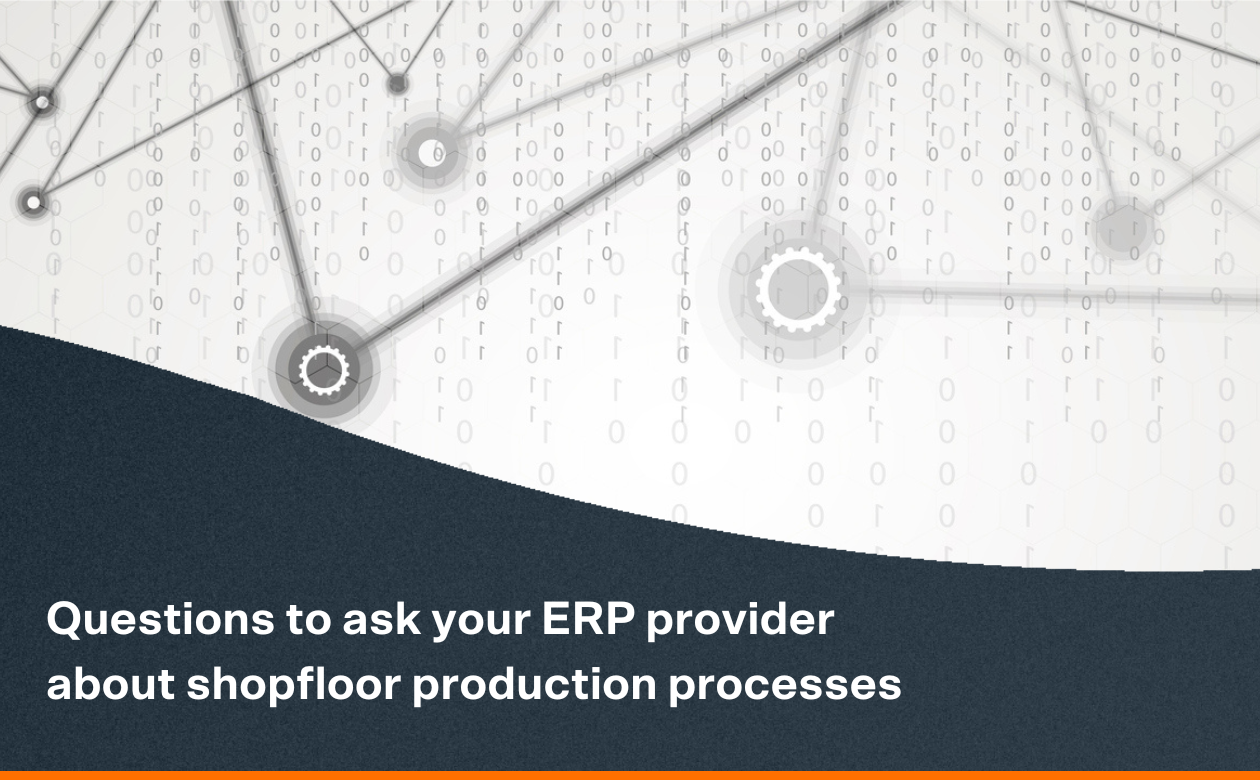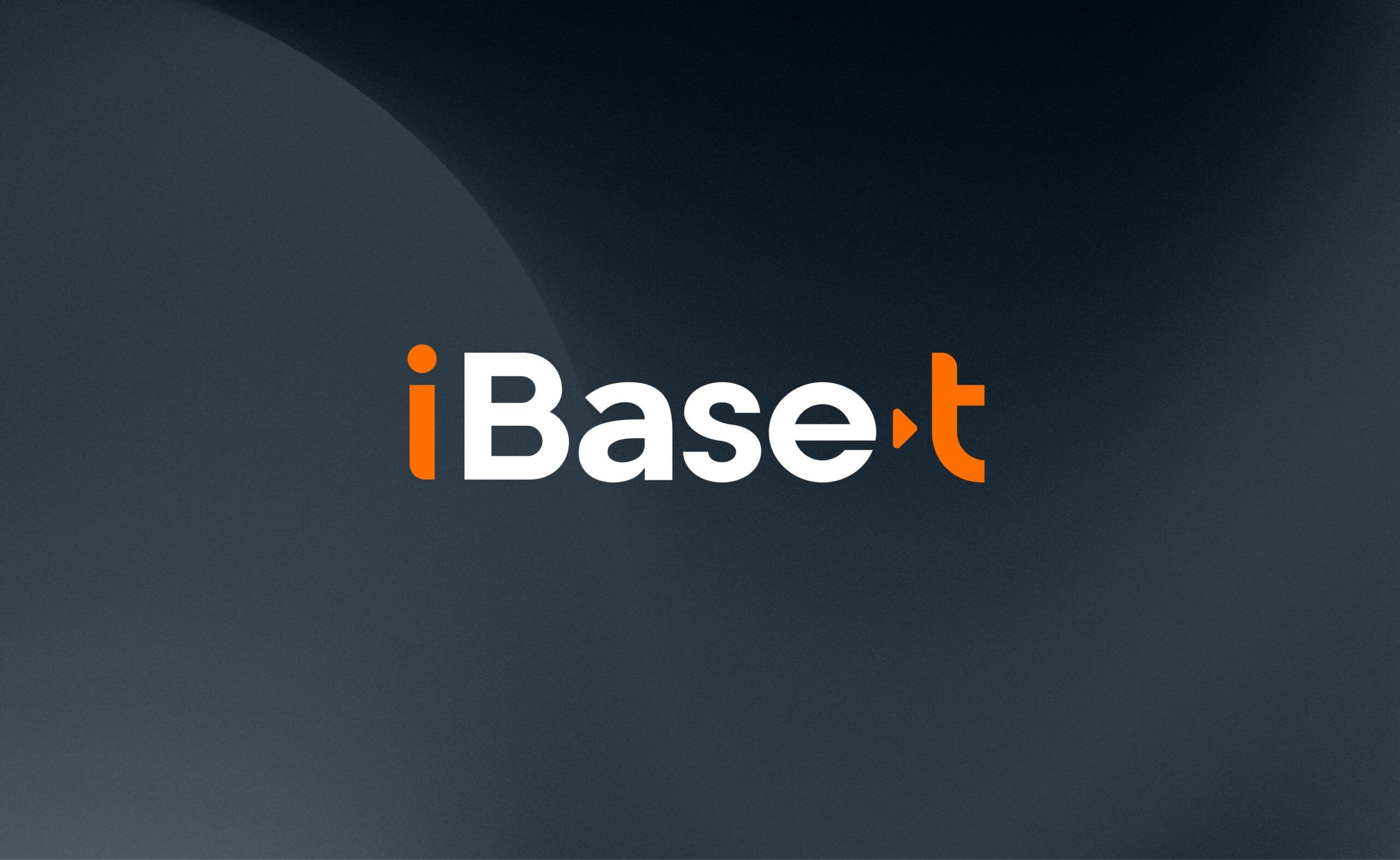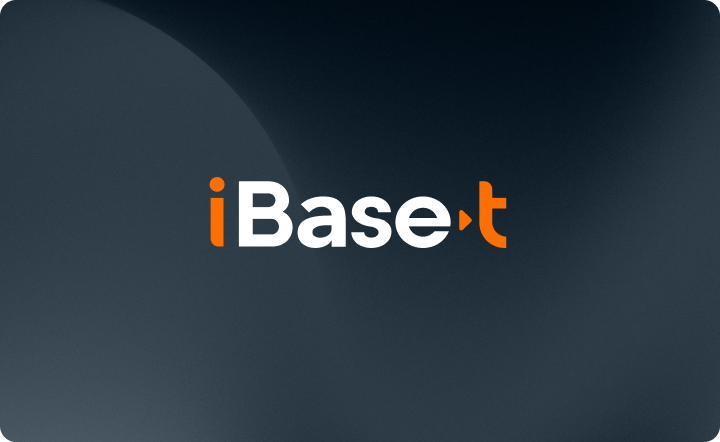As manufacturers adopt the principles of Industry 4.0 — integrating systems to share digital data across the operation — their first step is usually eliminating paper. In this important step, the “digital worker” is born. This puts manufacturers on the right path to digital transformation, but an even larger opportunity is available.
While creating the digital worker reduces errors, supports remote monitoring, and promotes continuous improvement, it is only once manufacturers break down silos and promote collaboration that synergistic benefits from digitalization begin to accrue. Whether you look to business leaders like Apple founder Steve Jobs who observed “Great things in business are never done by one person. They’re done by a team of people” or sports legend Vince Lombardi who said “Individual commitment to a group effort – that is what makes a team work, a company work, a society work, a civilization work” the common theme is that by collaborating you can accomplish more than working in silos.
What is the “Connected Worker”?
The “connected worker” builds upon the “digital worker” by providing visibility across roles and within the same role across multiple time periods. An example of the first case is to allow quality and maintenance roles to access the information that operators see regarding machine performance so they can better predict reliability or product quality issues. The visibility can be both reactive, as in looking at the past performance, or proactive where the supporting function can prepare to better support operations by knowing what is in the queue. An example of the latter is allowing all operators of a particular manufacturing process such as a machining center, to have access to the set-up and performance data across all shifts, or similar machine centers so they can gauge which machine set-ups seem to produce optimal results.
The Benefits of Connecting Workers
The easiest way to get buy-in for a new way of doing things is to show people “what’s in it for me”. When you connect everyone in the organization you can make collaboration the standard way of doing business and workers will generally find their jobs are enriched as can continually improve their performance and see their growth. Across the organization, teams can begin to strategize on how to optimize performance. By including maintenance and quality, as in the previous example, operations can gain insight into the real impact increasing production speed may have. Too often trying to speed up a production process fails to deliver higher throughput as either quality may suffer or machines may malfunction more often, or both, resulting in lower, not higher performance.
Implementing a process planning and execution system, otherwise referred to as a Manufacturing Execution System, is one of the fastest ways to realize the benefits of the connected worker. As an example, you can simplify engineering change management with this synchronized business and production system. The connected worker now has visibility to and integration with design and production data – engineering CAD/PLM systems.
Most importantly, when you foster collaboration, you can optimize performance across the entire plant. You improve workforce productivity and reduce waste and unplanned downtime.
By allowing those upstream and downstream of an operation to see the impact of their actions on the overall performance of the operation, workers can better focus on achieving overall plant optimization in real-time. Instead of trying to analyze what happened to inhibit performance, the entire team can work towards common goals to ensure optimum performance. Likewise, your workers can now see the establish digital continuity across your operations and view your product As-Designed, As-Built, As-Maintained.
Make sure your digital architecture is focused on not just removing the paper in the plant, but on sharing that digitalized data across the entire organization. The iBase-t Digital Operations Suite of products (Manufacturing Execution, Supplier Quality Management, and Maintenance, Repair and Overhaul) can be deployed individually or together to digitally transform your manufacturing, quality, and sustainment operations. Whether your goal is to improve one facility or transform an entire enterprise, the iBase-t Digital Suite can get you there.






